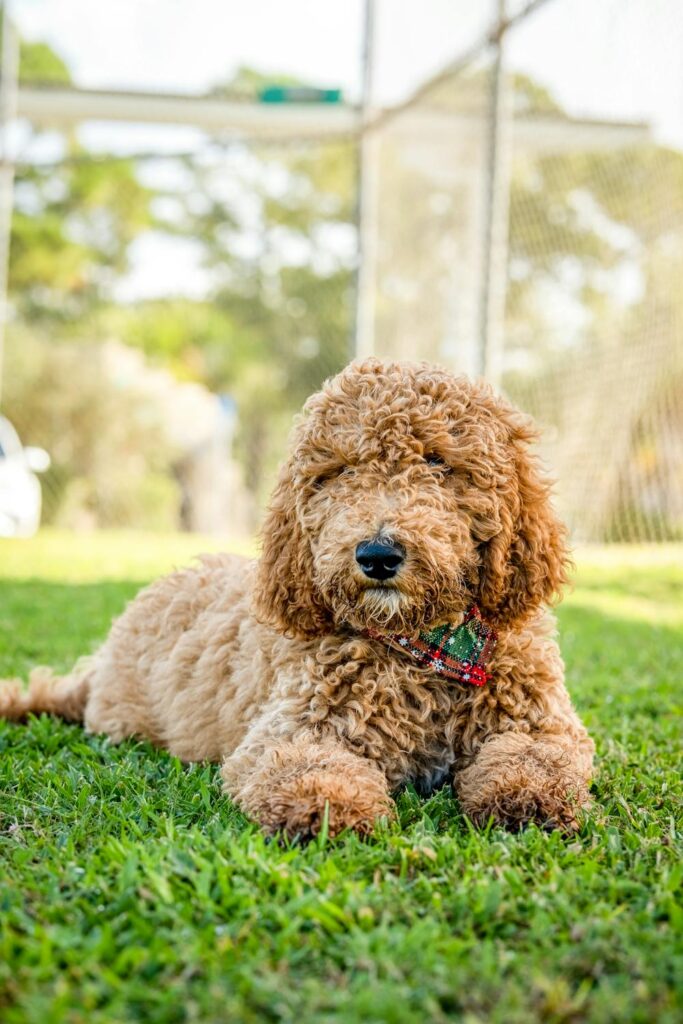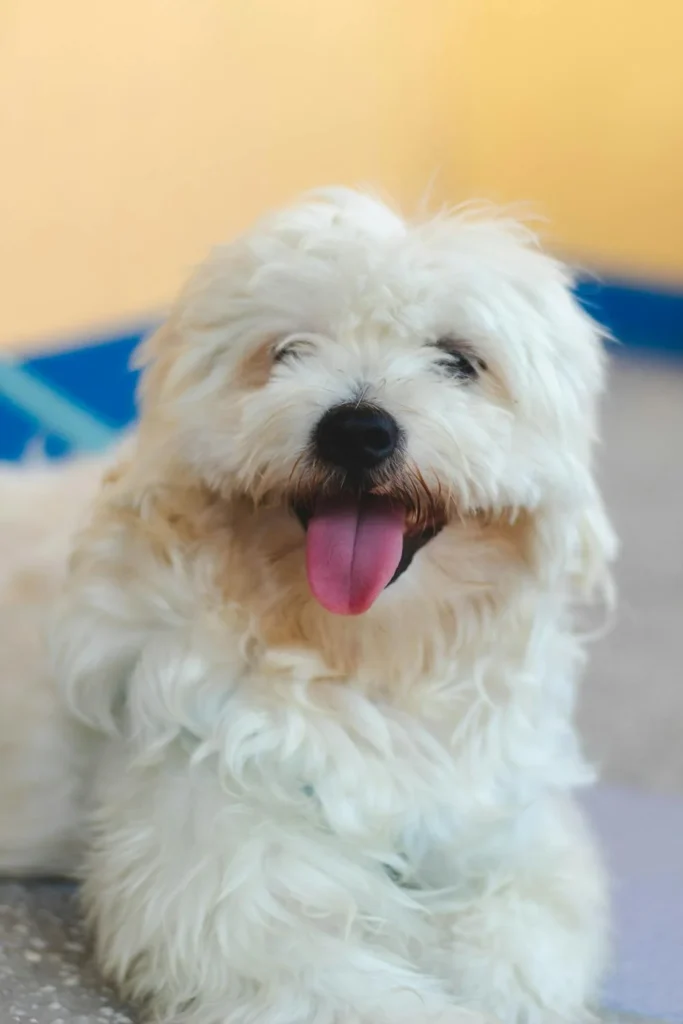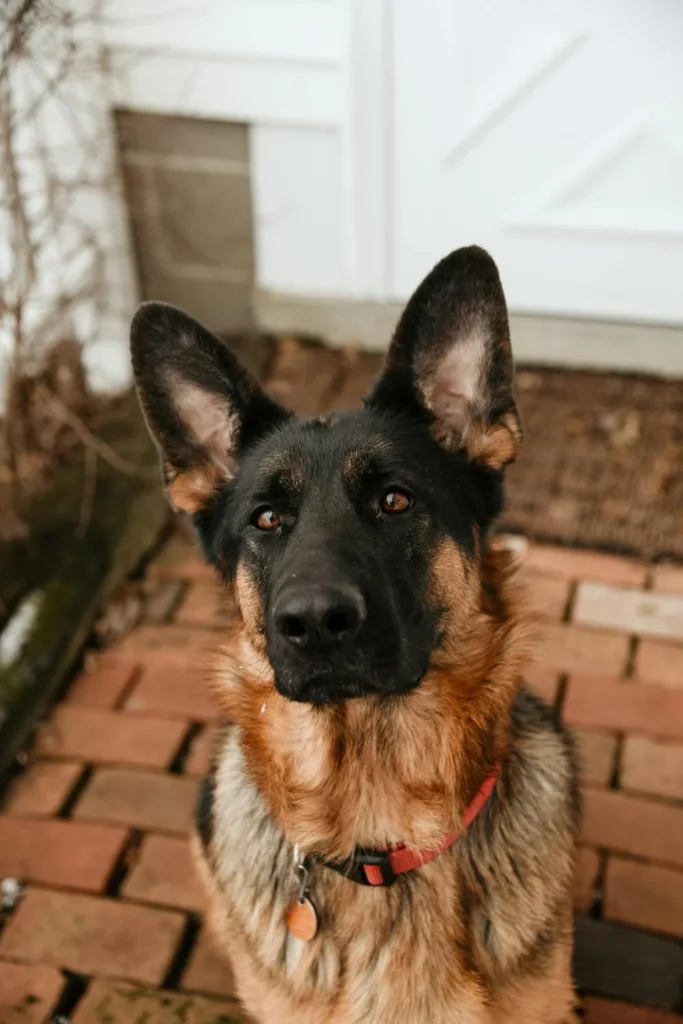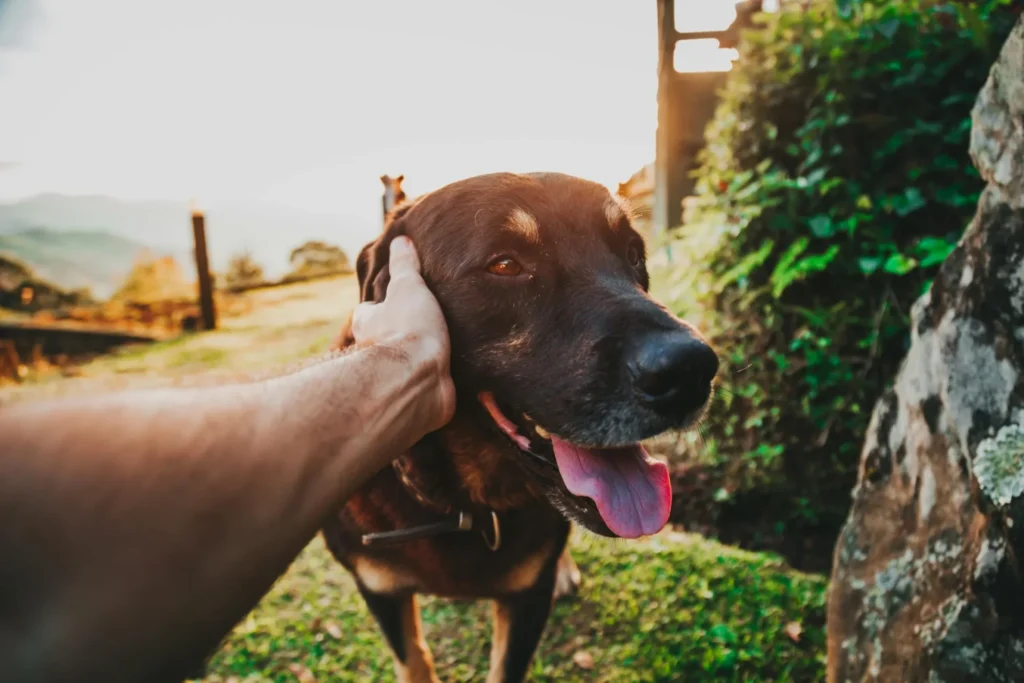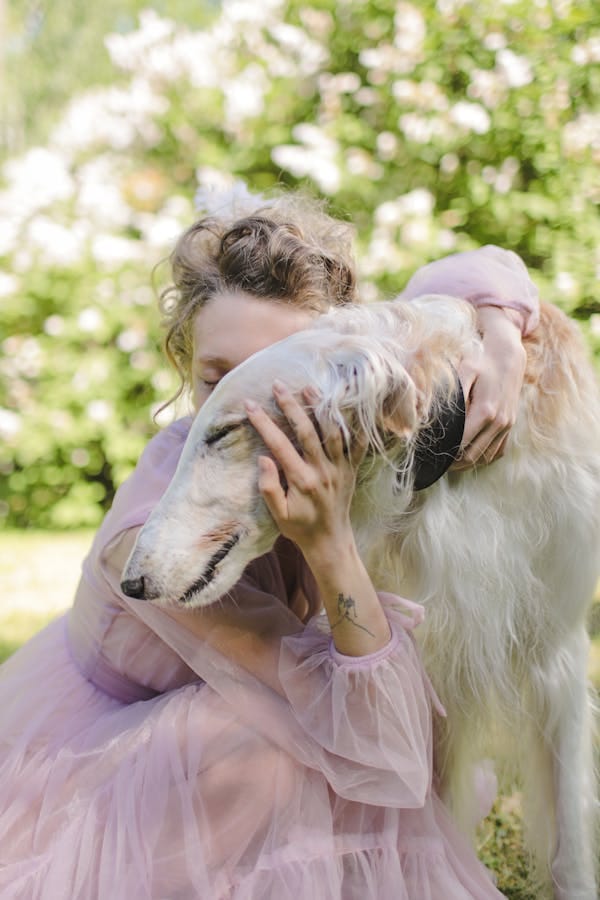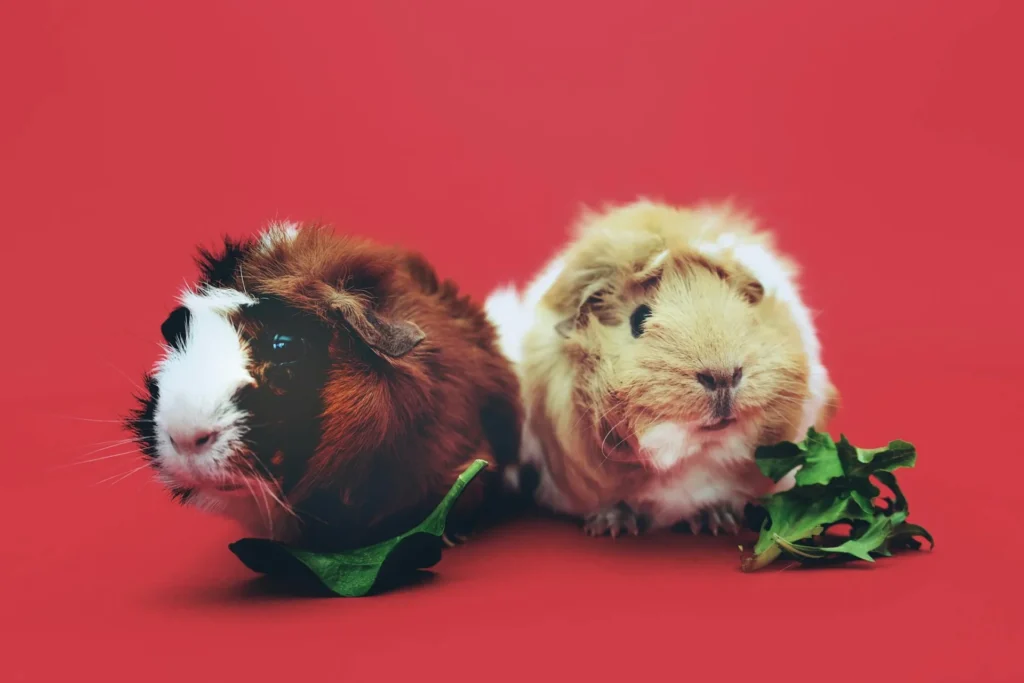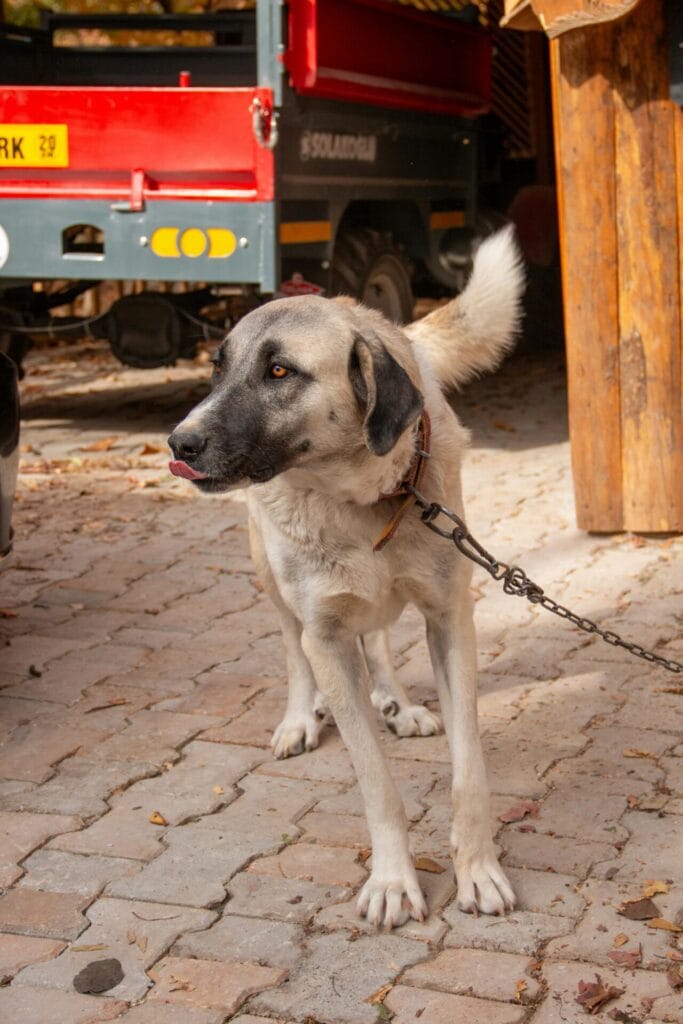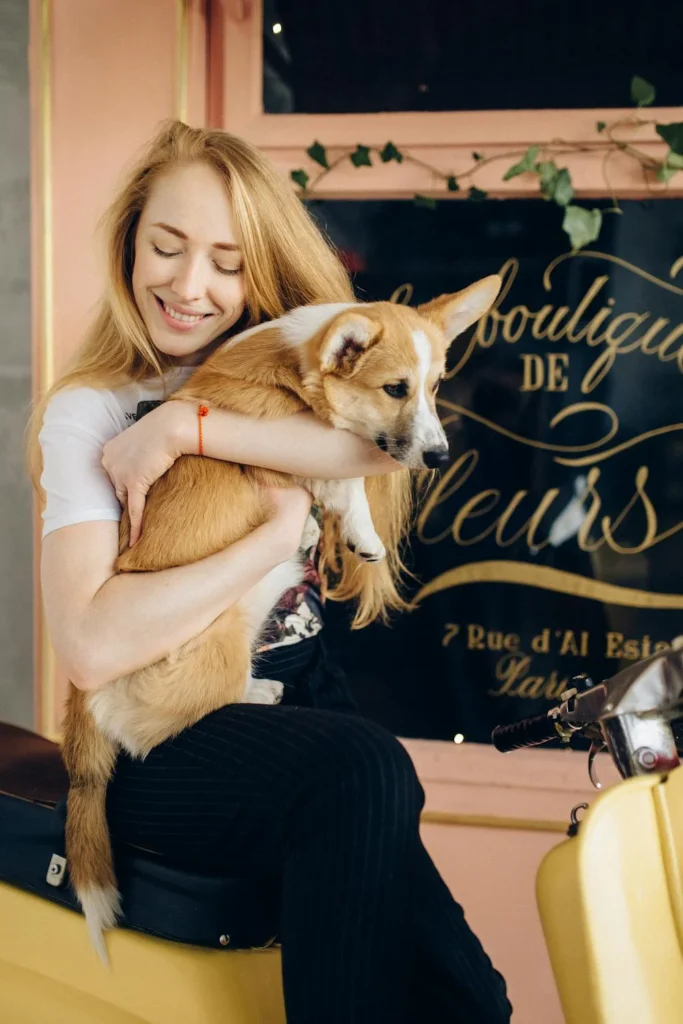- Introduction: Understanding the Poodle’s Heart
- What is Separation Anxiety? The Basics
- The Poodle Personality: Why They’re Prone to Anxiety
- Separation Anxiety Across Poodle Varieties: A Comparative Look
- Poodle Crosses: A Mixed Bag of Emotions 🎭
- The Signs and Symptoms: Recognizing Separation Anxiety in Poodles
- The Causes: Why Do Poodles Develop Separation Anxiety?
- The Impact: How Separation Anxiety Affects Poodles and Their Owners
- The Solutions: Addressing Poodle Separation Anxiety
- Prevention: Nipping Separation Anxiety in the Bud 🌱
- The Myths: Debunking Common Misconceptions
- The Tools: Products That Can Help
- Case Studies: Real Poodles, Real Solutions
- The Expert Corner: Advice from Veterinary Behaviorists
- The Future: Living Happily with Your Poodle
- FAQs: Your Top Questions Answered
- Conclusion: A Bright Future for You and Your Poodle
Introduction: Understanding the Poodle’s Heart
Poodles, with their curly coats and intelligent eyes, have long been cherished as companions. But behind those expressive looks often lies a sensitive soul prone to anxiety, particularly when left alone. Whether you’re a seasoned poodle parent or considering bringing one of these fluffy friends into your life, understanding separation anxiety is crucial. Let’s embark on a journey to unravel the mysteries of poodle separation anxiety, from toy to standard sizes and even poodle crosses. 🕵️♀️🐾
What is Separation Anxiety? The Basics
Before we dive into the poodle-specific aspects, let’s establish a solid foundation. Separation anxiety in dogs is a condition where a pet experiences extreme stress when left alone or separated from their primary caregiver. It’s more than just a little whining when you leave – it’s a serious condition that can impact both the dog’s wellbeing and your peace of mind.
Key Points:
- Not just “bad behavior”
- Can affect dogs of all breeds and ages
- Often misunderstood by pet owners
- Can range from mild to severe

The Poodle Personality: Why They’re Prone to Anxiety
Poodles, regardless of their size, share certain traits that can make them more susceptible to separation anxiety:
- High intelligence: Poodles are among the smartest dog breeds. This intelligence can lead to overthinking and worry when left alone.
- Strong bond with owners: Poodles form deep attachments, making separations more challenging.
- Sensitivity: They’re highly attuned to their environment and owner’s emotions.
- Need for mental stimulation: Without proper engagement, poodles can develop anxious behaviors.
Separation Anxiety Across Poodle Varieties: A Comparative Look
Let’s break down how separation anxiety manifests in different poodle sizes:
| Poodle Variety | Prone to Separation Anxiety? | Common Manifestations | Notable Factors |
|---|---|---|---|
| Toy Poodle | High | Excessive barking, destructive chewing | Small size can increase feelings of vulnerability |
| Miniature Poodle | Moderate to High | Pacing, whining, house soiling | Often seen as “Velcro dogs” |
| Standard Poodle | Moderate | Destructive behavior, escape attempts | May have more confidence due to size, but still sensitive |
Toy Poodles and Separation Anxiety 🧸
Toy poodles, with their diminutive size and big personalities, can be particularly prone to separation anxiety. Their small stature may contribute to feelings of vulnerability when left alone.
Key points:
- Often form extremely close bonds with one person
- May become overly dependent on human companionship
- Small bladders can lead to accidents during anxious episodes
Miniature Poodles: The Middle Ground 🌟
Miniature poodles strike a balance between the toy and standard varieties but still have their own unique challenges when it comes to separation anxiety.
Key points:
- Often described as “Velcro dogs” due to their clingy nature
- May shadow their owners constantly when at home
- Can be more prone to nervous behaviors like excessive licking
Standard Poodles: Big Dogs, Big Feelings 🐘
Don’t let their larger size fool you – standard poodles can experience separation anxiety just as acutely as their smaller counterparts.
Key points:
- May engage in more destructive behaviors due to their size and strength
- Often highly in tune with their owner’s emotions
- Can become overly protective, leading to anxiety when separated
Poodle Crosses: A Mixed Bag of Emotions 🎭
Poodle crosses, like Labradoodles or Cockapoos, inherit traits from both parent breeds. This can influence their susceptibility to separation anxiety.
Factors to consider:
- The temperament of the non-poodle parent breed
- Which generation of cross (F1, F2, etc.)
- Individual personality traits
The Signs and Symptoms: Recognizing Separation Anxiety in Poodles
Identifying separation anxiety early is key to addressing it effectively. Here are the most common signs to watch for:
- Excessive vocalization: Barking, howling, or whining that starts when you leave
- Destructive behavior: Chewing furniture, scratching doors, or destroying household items
- House soiling: Having accidents despite being fully house-trained
- Pacing or restlessness: Unable to settle when left alone
- Escape attempts: Trying to break out of crates or rooms
- Excessive greeting: Over-the-top excitement when you return home
- Following behavior: Shadowing you constantly when you’re home
- Loss of appetite: Refusing to eat when left alone
- Self-harm: Excessive licking or chewing that causes injury
- Drooling or panting: Signs of stress when you’re preparing to leave
What’s Normal vs. What’s Not
It’s important to distinguish between normal alone-time behaviors and true separation anxiety:
Normal:
- Mild whining for a few minutes after you leave
- Sleeping most of the day while you’re gone
- Excited greeting when you return

Not Normal:
- Panic-like behavior as soon as you show signs of leaving
- Destructive or self-harming behaviors
- Refusal to eat or drink when alone
The Causes: Why Do Poodles Develop Separation Anxiety?
Understanding the root causes can help in prevention and treatment. Common triggers include:
- Change in routine: Poodles thrive on consistency
- Moving to a new home: Environmental changes can be stressful
- Loss of a family member or pet: Grief can trigger anxiety
- History of abandonment: Especially relevant for rescue poodles
- Lack of early socialization: Not learning to be independent as puppies
- Over-attachment to owner: Sometimes called “Velcro dog syndrome”
- Traumatic experience when alone: Such as a loud noise or break-in
- Medical issues: Pain or illness can increase anxiety
- Genetic predisposition: Some poodles may be more prone to anxiety
The Impact: How Separation Anxiety Affects Poodles and Their Owners
Separation anxiety isn’t just hard on the poodle – it can have significant impacts on the entire household.
For Poodles:
- Chronic stress leading to health issues
- Risk of injury from destructive behaviors
- Potential for escape and getting lost
- Deterioration of training and house manners
For Owners:
- Emotional distress seeing their pet suffer
- Property damage from destructive behaviors
- Complaints from neighbors about noise
- Limitations on work and social life
- Financial costs for treatments and repairs
The Solutions: Addressing Poodle Separation Anxiety
Tackling separation anxiety requires a multi-faceted approach. Here’s a comprehensive strategy:
1. Gradual Desensitization 🕰️
This involves slowly getting your poodle used to your absence:
- Start with very short departures (just a few seconds)
- Gradually increase the duration
- Use a specific cue word or action before leaving
- Return before your poodle becomes anxious
- Repeat many times a day
2. Counterconditioning 🎉
Associate your departure with positive experiences:
- Give a special treat or toy only when you leave
- Use puzzle feeders to keep them occupied
- Play calming music or leave the TV on
3. Exercise and Mental Stimulation 🏃♀️
A tired poodle is more likely to relax when alone:
- Ensure daily physical exercise appropriate for their size and age
- Provide mental stimulation through training and puzzle toys
- Consider doggy daycare or a dog walker for additional activity
4. Create a Safe Space 🏠
Give your poodle a comfortable area to relax:
- Use a crate or specific room as their “den”
- Include comfortable bedding and familiar scents
- Ensure the space is quiet and away from windows
5. Medication and Supplements 💊
In severe cases, veterinary intervention may be necessary:
- Anti-anxiety medications prescribed by a vet
- Natural calming supplements like L-theanine or CBD oil (consult your vet first)
- Pheromone diffusers or calming collars
6. Professional Help 👨⚕️
Don’t hesitate to seek expert assistance:
- Consult a veterinary behaviorist
- Work with a certified dog trainer specializing in anxiety
- Consider doggy daycare or pet sitters as a temporary solution
Prevention: Nipping Separation Anxiety in the Bud 🌱
It’s easier to prevent separation anxiety than to treat it. Here are some strategies:
- Early socialization: Expose puppies to being alone from an early age
- Independence training: Teach your poodle to enjoy solo activities
- Avoid over-attachment: Encourage interactions with other family members and friends
- Practice short separations: Even when you’re home, allow your poodle to be in a different room
- Calm departures and arrivals: Don’t make a big fuss when leaving or returning
- Consistent routine: Establish a predictable schedule for feeding, walks, and alone time
The Myths: Debunking Common Misconceptions
Let’s clear up some misunderstandings about poodle separation anxiety:
- Myth: Getting another dog will solve the problem.
Fact: While companionship can help, it doesn’t address the root cause of anxiety. - Myth: Poodles will “grow out of” separation anxiety.
Fact: Without intervention, the problem often worsens over time. - Myth: Punishment will stop anxious behaviors.
Fact: Punishment increases stress and can worsen anxiety. - Myth: Crating always helps with separation anxiety.
Fact: For some dogs, crating can increase stress if not introduced properly. - Myth: Separation anxiety means you can never leave your poodle alone.
Fact: With proper training and management, most poodles can learn to be comfortable alone.
The Tools: Products That Can Help
While not a substitute for training, certain products can support your efforts:
- Puzzle toys: Keep your poodle occupied (Kong, Snuffle Mats)
- Calming aids: Thundershirts, calming collars
- Smart cameras: Monitor your poodle remotely (Furbo, Petcube)
- White noise machines: Mask outside sounds
- Automatic feeders: Provide meals or treats at set times
Case Studies: Real Poodles, Real Solutions
Let’s look at some real-life examples of poodles overcoming separation anxiety:
Case 1: Max the Miniature Poodle 🐾
Problem: Excessive barking and destructive chewing when left alone
Solution: Gradual desensitization, increased exercise, and puzzle toys
Outcome: After 3 months, Max could comfortably stay alone for 4 hours
Case 2: Bella the Toy Poodle 🎀
Problem: Severe anxiety leading to self-harm (excessive licking)
Solution: Veterinary behaviorist consultation, medication, and counterconditioning
Outcome: Significant improvement in 6 weeks, continued progress over 6 months
Case 3: Rocky the Standard Poodledoodle 🐶
Problem: Escape attempts and house soiling
Solution: Creating a safe room, independence training, and doggy daycare 3 days a week
Outcome: Able to stay home alone 2 days a week after 2 months of training
The Expert Corner: Advice from Veterinary Behaviorists
We asked leading experts in canine behavior for their insights on poodle separation anxiety:
“Poodles are sensitive, intelligent dogs. Their strong bond with owners can predispose them to separation issues. Consistent training and creating positive associations with alone time are key.” – Dr. Sarah Johnson, DVM, DACVB
“Never underestimate the power of mental stimulation for poodles. A tired mind is more likely to rest when alone.” – Dr. Michael Lee, Certified Applied Animal Behaviorist
The Future: Living Happily with Your Poodle
With patience, consistency, and the right approach, most poodles can overcome separation anxiety.
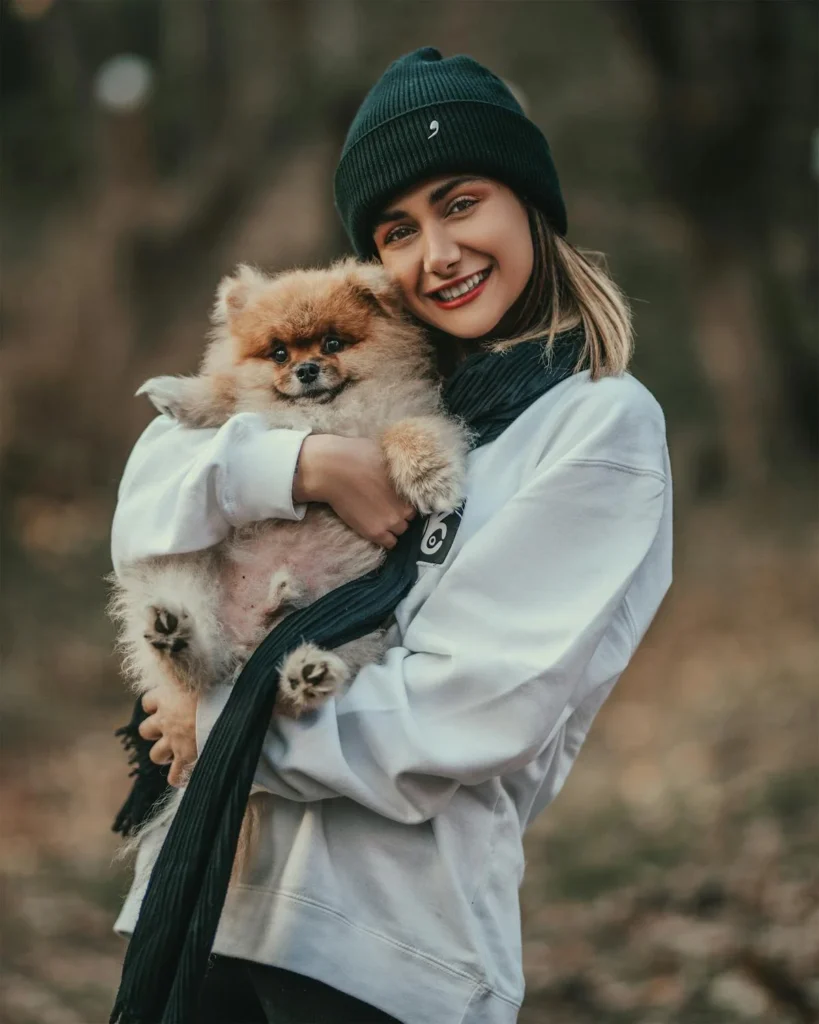
Remember:
- Every poodle is unique – what works for one may not work for another
- Progress may be slow, but small improvements add up
- Celebrate successes, no matter how small
- Don’t hesitate to seek professional help if needed
Your poodle’s emotional wellbeing is worth the effort. A happy, confident poodle who can relax when alone is a joy to live with and allows you both more freedom and peace of mind.
FAQs: Your Top Questions Answered
- Q: How long can poodles typically be left alone?
A: Adult poodles can usually handle 4-6 hours alone, but this varies by individual. Puppies need more frequent attention. - Q: Is separation anxiety more common in rescue poodles?
A: While rescues may be more prone due to past experiences, any poodle can develop separation anxiety. - Q: Can separation anxiety in poodles be cured?
A: While “cure” might be a strong word, most poodles can significantly improve with proper training and management. - Q: Are certain poodle colors more prone to anxiety?
A: There’s no scientific evidence linking coat color to anxiety levels in poodles. - Q: How can I tell if my poodle has separation anxiety or just boredom?
A: Anxiety typically involves more intense behaviors and starts as soon as you prepare to leave. Boredom behaviors are usually less severe and may occur at any time. - Q: Will spaying or neutering my poodle help with separation anxiety?
A: While it may help with some behavioral issues, spaying/neutering typically doesn’t directly impact separation anxiety. - Q: Can I use CBD oil for my poodle’s anxiety?
A: Some owners report benefits, but always consult your vet before trying any supplements. - Q: How do I know if my poodle needs anxiety medication?
A: If behavioral techniques aren’t helping after consistent effort, or if your poodle’s anxiety is severe, consult a vet about medication options. - Q: Can separation anxiety develop suddenly in adult poodles?
A: Yes, it can be triggered by changes in routine, environment, or health issues. - Q: Are male or female poodles more prone to separation anxiety?
A: There’s no significant difference between genders when it comes to separation anxiety in poodles.
Conclusion: A Bright Future for You and Your Poodle
Separation anxiety can be a challenging journey, but with understanding, patience, and the right strategies, you and your poodle can overcome it together. Remember, seeking help is a sign of strength, not weakness. Your dedication to your poodle’s emotional wellbeing will strengthen your bond and lead to a happier, healthier life for both of you.
Whether you have a tiny toy poodle, a elegant standard, or a cuddly poodle cross, the love and companionship these dogs offer is unparalleled. By addressing separation anxiety, you’re not just solving a problem – you’re opening the door to a more fulfilling relationship with your furry friend.
Here’s to wagging tails, happy barks, and the joy of coming home to a calm, contented poodle. You’ve got this, pawrent! 🐾💖

